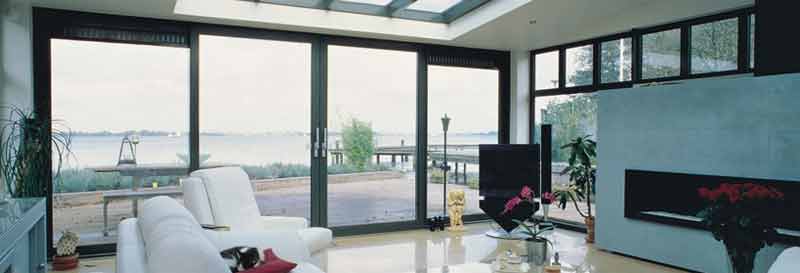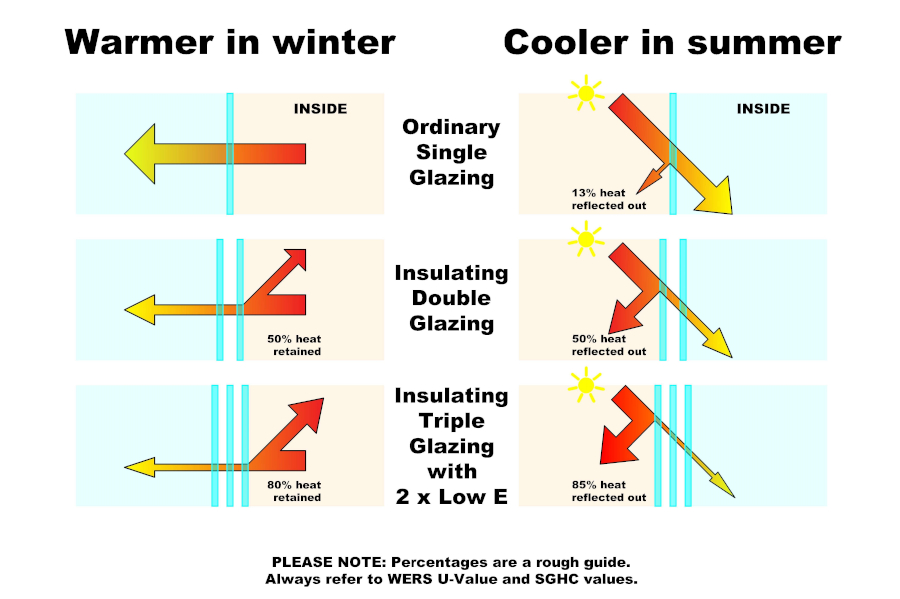All Categories
Featured
Table of Contents
Which Double Glazing Company Is The Best? in Beechboro Perth
That window can transmit more solar heat in winter season than in summer. A west-facing window on a summertime's afternoon has an angle of incidence from near 0 as much as 30 with a big efficient location of solar radiation. A north-facing window, in summer, has a high angle of occurrence and a low efficient area of solar radiation, so can transmit less heat than a west-facing one.

You can quickly and quickly enhance the thermal performance of your home by replacing your windows. There are thousands of types of glass and frames to choose from.
Upvc Double Glazed Windows Australia in Coolbellup WA
Single glazing with clear glass is not very efficient when it comes to heat loss or gain. To improve efficiency, you can use single glazing with a more energy-efficient type of glass such as low emissivity (low-e) glass.
Several layers can be put together with sealed cavities between each sheet of glass. IGUs generally provide better energy efficiency than single glazing, because they transfer less energy. The energy efficiency of IGUs also depends on: the homes of each layer of glass. Different glass types (for instance, clear and low-e glass) can be assembled in an IGU.
Faq in Oldsbury Perth

IGU cavities can be filled with air or a more inert, low-conductivity gas such as argon the width of the cavity. Cavity thickness is normally 6 to 18mm. Broader cavities offer lower (much better) U worths, with 12mm usually accepted as the preferred gap how well the cavity is sealed. Cavities must be dry and well sealed to prevent moisture getting in.
If argon is installed to the cavity in location of air, moisture is dependably left out the level of desiccant (drying agent). The spacer (metal or polymer strip) that separates the glass layers contains a desiccant to take in any moisture. Inadequate desiccant might trigger wetness to condense on the glass surface in cold conditions, reducing thermal performance.
Faq in Alfred Cove Perth
IGUs can provide better energy performance for all climates, particularly in heated and air-conditioned homes. Cross-section detail of single, double and triple-glazing units Low emissivity glass (typically understood as low-e glass) decreases heat transfer. Low-e glass may be either high or low transmission: High transmission low-e glass has a covering that enables daytime from the sun to pass into your house to accomplish good solar heat gain, but decreases the quantity of the long wavelength infrared heat that can get away back through the window.
Low-e glass has either a pyrolytic coating or a vacuum-deposited thin movie metal finish. Pyrolytic coverings are long lasting and can be used for any glazing; vacuum-deposited finishes are soft and are only used within IGUs. Low-e coverings can substantially improve both U value and SHGC; however, they need to be utilized correctly or they will either degrade or fail to perform as required.
Why Double-glazed Windows Are A Must in Pearsall WA
Low-e coatings can be used in mix with clear, toned or reflective glass. Low-e finishes on glazing can lower heat transfer where required Picture: Department of Market, Science, Energy and Resources Toned glass has colouring ingredients consisted of during manufacture. It is available in numerous colours, normally bronze, grey, blue and green.
Latest Posts
Why Is Double Glazing So Important In Winter? in Floreat Western Australia
Pros And Cons Of Argon Gas In Windows in Bedford Perth
Can I Have Double Glazing In A Summerhouse? in Madeley Perth